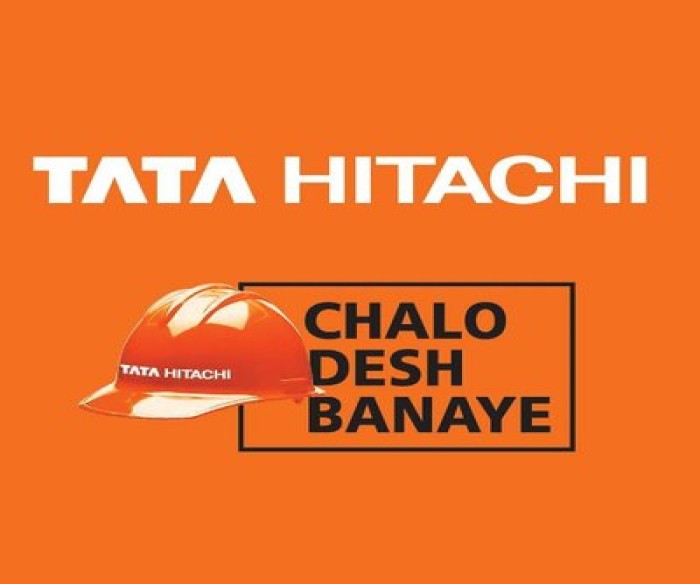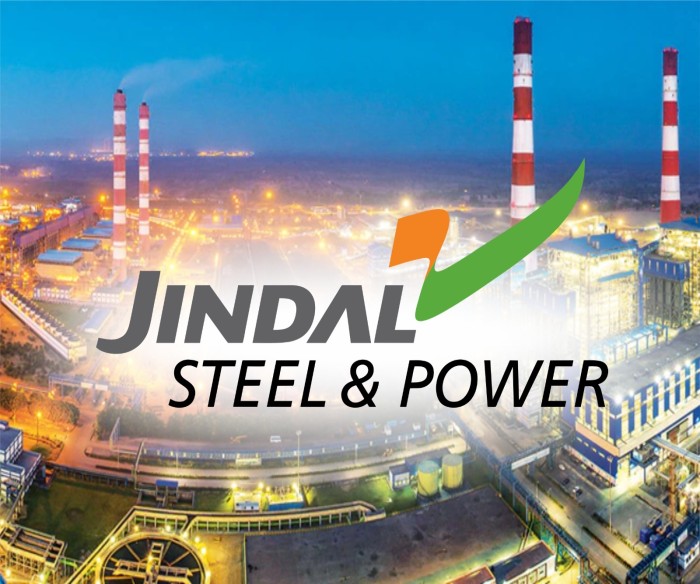SANY Heavy Industry India Pvt Ltd Expands Presence with Grand Opening of Raghunath Machinery HO in Rayagada, Odisha
SANY Heavy Industry India Pvt Ltd, a leading global provider of construction machinery and equipment, was pleased to announce the grand opening of HO, M/s Raghunath Machinary. The inauguration ceremony, presided over by Mr. Deepak Garg VC & MD Sany India & South Asia, took place on April 24, 2024.
The establishment of this state-of-the-art facility underscored Sany Heavy Industry's commitment to providing unparalleled service and support to its customers in South Odisha and Western Odisha regions. The strategic location of the office enabled the company to offer seamless access to sales, service, and spare parts, thereby enhancing customer satisfaction and operational efficiency.
"We were delighted to announce the opening of Raghunath Machinary Head office at Rayagada, Odisha," said Mr. Deepak Garg, Vice Chairman and Managing Director of SANY Heavy Industry India Pvt Ltd. "This expansion reflects our dedication to better serving our valued customers in the region. By bringing our comprehensive range of services closer to them, we aimed to further strengthen our relationships and deliver superior value."
The inauguration ceremony was attended by esteemed guests, dignitaries, industry partners, and members of the media. It included a ribbon-cutting ceremony followed by a facility tour, showcasing the advanced infrastructure and cutting-edge technologies incorporated into the office.
"This new office in Rayagada will serve as a hub for sales, service, and spare parts, enabling us to address the evolving needs of the construction industry in Odisha and Western Odisha."
Customers can expect to receive comprehensive assistance from a dedicated team of professionals trained to deliver prompt and efficient service at this strategically located office at Rayagada. Raghunath Machinery is also planning to open regional offices at the following locations across Odisha: Jaypore, Sambalpur, Bolangir, and Bhawanipatna, further expanding accessibility and support for customers across the region.














Leave a comment